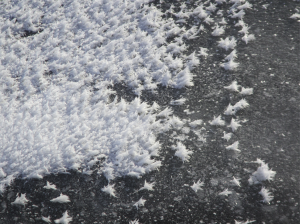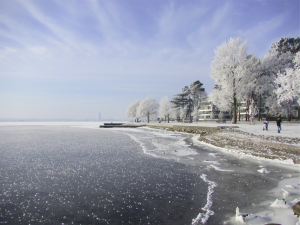
Desublimation: When water vapour freezes to ice without becoming liquid in between
One of my favourite phenomena right now is desublimition, or deposition: The phase transition of water vapour to ice that doesn’t go through the liquid phase. It happens when moist…

